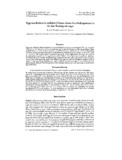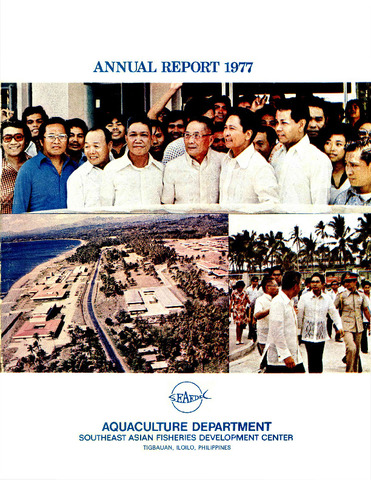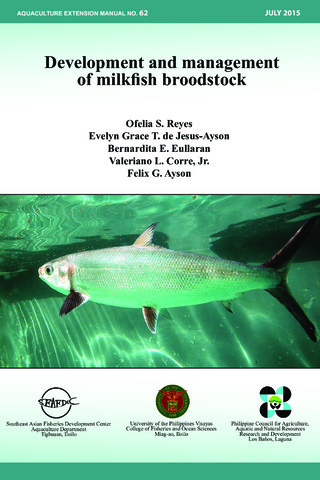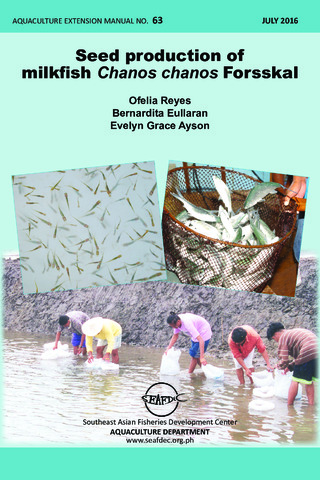Egg cannibalism by milkfish (Chanos chanos Forsskal) spawners in circular floating net cages

View/
Request this document
Date
1992Page views
147Metadata
Show full item recordCited times in Scopus
Share
Abstract
Egg cannibalism by milkfish spawners in a circular floating net cage was investigated. The cage was lined with a fine mesh hapa net to retain spawned eggs and to prevent the entry of fish egg predators. Water samples were collected from the surface (0 m), middle (1.5 m), and bottom (3.0 m) of a 10 m diameter by 3 m deep floating net cage at the time of initial detection of spawning (0 min) and at 30, 60, 120 and 240 min thereafter. The mean number of spawned eggs at the surface significantly decreased (P<0.05) 60 min after spawning and very few eggs were recovered 240 min later. There was no significant difference (P>0.05) in the mean number of spawned eggs collected from the middle and bottom of the net cage at various times after spawning. Eggs were found in the digestive tract of all milkfish sampled (n=6) at about 5 h after spawning, indicating that captive milkfish eat their own eggs. It is recommended that spontaneously spawned milkfish eggs should be collected immediately after spawning to avoid loss by egg cannibalism.
Suggested Citation
Toledo, J. D., & Gaitan, A. G. (1992). Egg cannibalism by milkfish (Chanos chanos Forsskal) spawners in circular floating net cages. Journal of Applied Ichthyology , 8(1-4), 257-262. https://doi.org/10.1111/j.1439-0426.1992.tb00692.x
Subject
Taxonomic term
Collections
- AQD Journal Articles [1215]
Related items
Showing items related by title, author, creator and subject.
-
Annual report 1977
Southeast Asian Fisheries Development Center, Aquaculture Department (Aquaculture Department, Southeast Asian Fisheries Development Center, 1978) -
Development and management of milkfish broodstock
Reyes, Ofelia S.; de Jesus-Ayson, Evelyn Grace T.; Eullaran, Bernadita E.; Corre Jr., Valeriano L.; Ayson, Felix G. (Aquaculture Department, Southeast Asian Fisheries Development Center, 2015)The manual provides developed and refined techniques for collection and transport of spawned eggs and larvae, as well as larval rearing. It also describes the necessary facilities for maintaining milkfish broodstock. Guidelines ... -
Seed production of milkfish Chanos chanos Forsskal
Reyes, Ofelia; Eullaran, Bernadita; Ayson, Evelyn Grace (Aquaculture Department, Southeast Asian Fisheries Development Center, 2016)A 26-page manual describing the site selection, hatchery design, spawning, larval rearing, natural food production, and economic analysis for milkfish.





